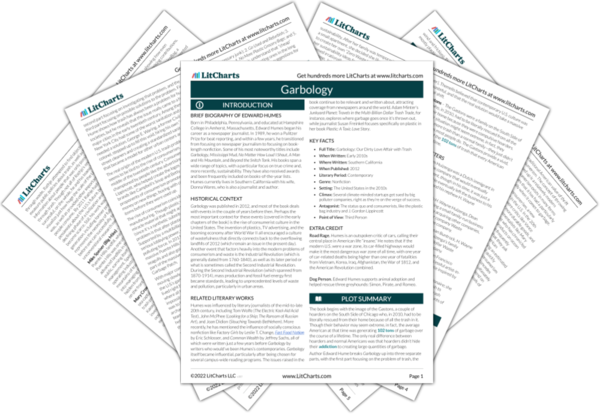Though later sections of the book will look into the possible benefits of waste-to-energy plants, this section looks at some of the very real downsides. The question, however, is whether the long-term effects of the current Puente Hills landfill might be just as bad if not worse than the proposed waste-to-energy plant.
